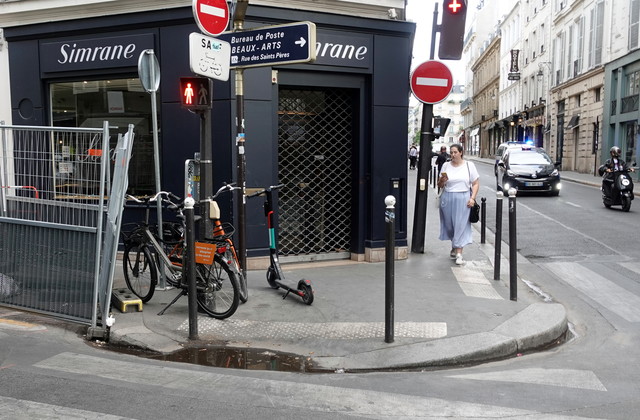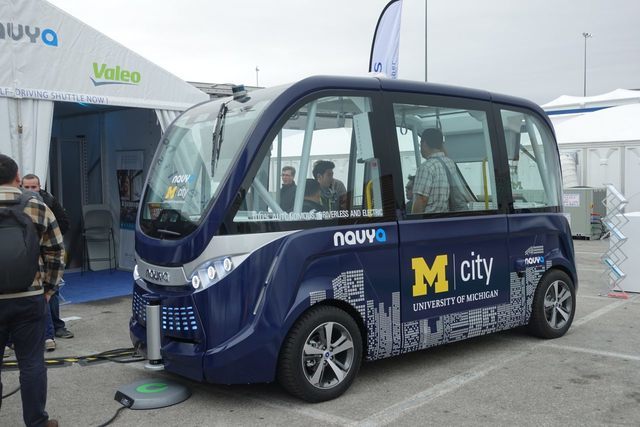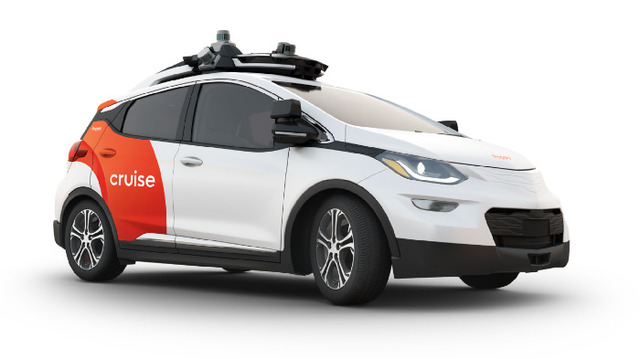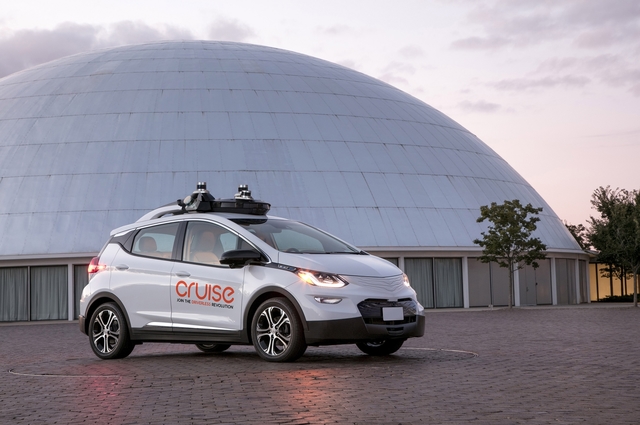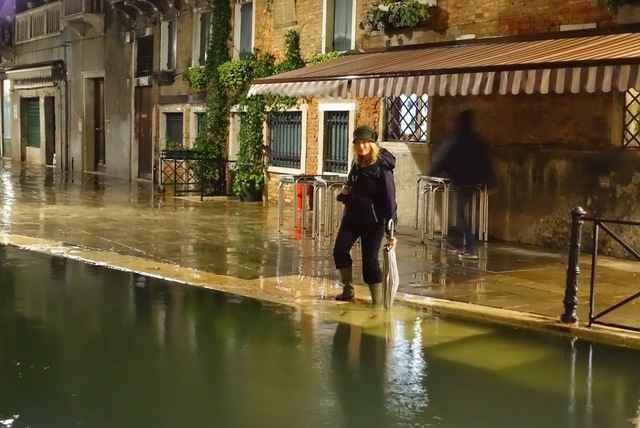Carpool lanes don't work, and carpool cheaters might be helping your lane go faster
Submitted by brad on Tue, 2019-08-06 11:27Ever watched solo "cheaters" go by in the carpool lane and been angry? Turns out carpool lanes don't really work and often make congestion and throughput worse, which is why they are converting them to "HOT" (carpool+toll) lanes where they can, to let enough solo drivers in to properly use capacity.
Turns out carpool cheaters create a similar result, and if the fines and enforcement are tuned, they can pay a similar amount.





